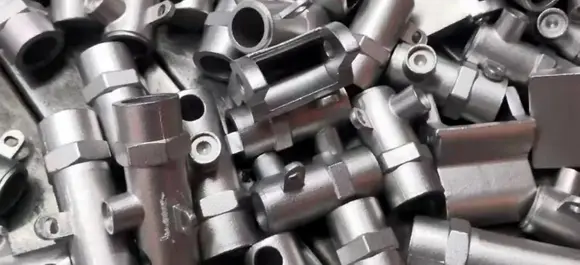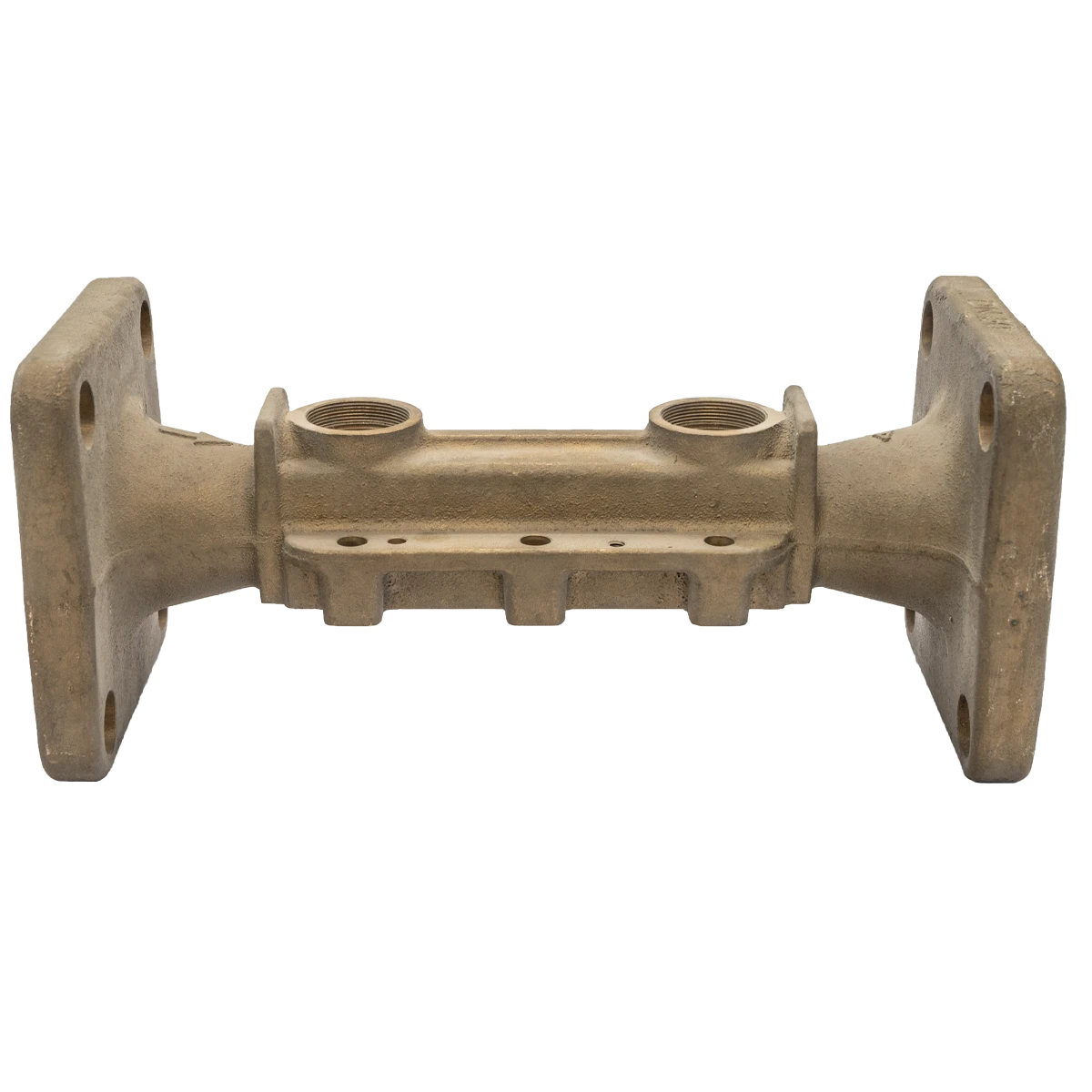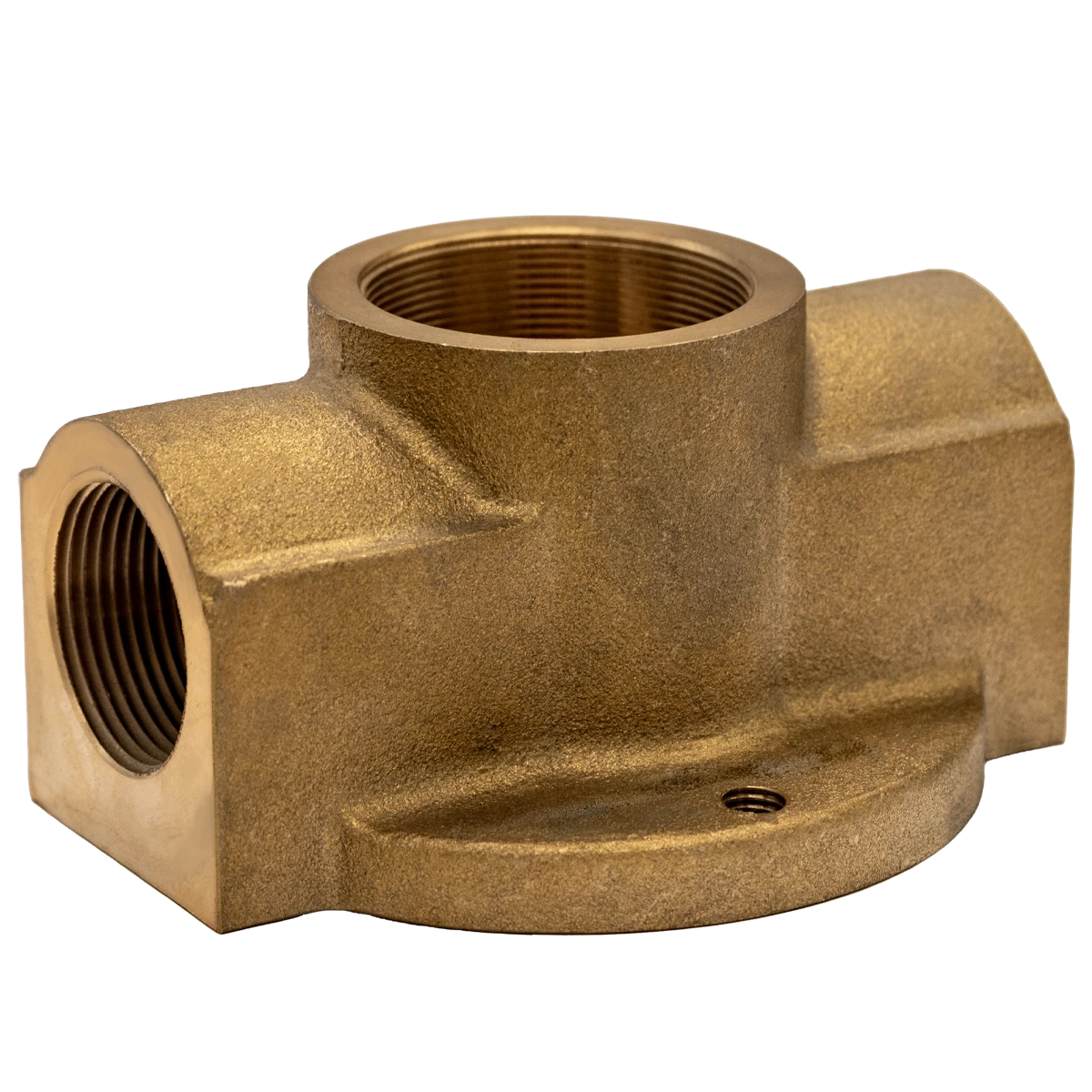Mobile:+86-311-808-126-83
Email:info@ydcastings.com
English
die casting tool
Die Casting Tool Revolutionizing Manufacturing Processes
Die casting is a manufacturing process that has become crucial in the production of various metal components. This technique involves forcing molten metal into a mold cavity under high pressure, leading to the creation of intricate shapes with high precision. The die casting tool is an essential element in this process, as it determines the quality, accuracy, and efficiency of the final product.
The primary components of a die casting tool include the die itself, the injection system, and the cooling systems. The die is typically made from hardened steel or other durable materials to withstand the high temperatures and pressures involved in the casting process. It consists of two halves—a cover and a ejector die—that form the cavity when closed. This cavity is what gives the product its final shape.
One of the most significant advantages of die casting is its ability to produce complex geometries with tight tolerances. This precision is largely attributed to the die casting tool's design and construction. Advanced computer-aided design (CAD) software is often used to create detailed models of the dies, allowing manufacturers to optimize their designs before production begins. This not only reduces material waste but also minimizes errors, ensuring a high level of quality in the finished product.
die casting tool

The injection system in a die casting tool plays a pivotal role in delivering molten metal into the die cavity. The system must maintain a consistent temperature and pressure to ensure that the metal fills the cavity completely and evenly. There are two primary types of die casting hot chamber and cold chamber processes. Hot chamber die casting is typically used for metals with low melting points, such as zinc, while cold chamber die casting is reserved for higher melting point metals like aluminum and magnesium. Each process has its unique set of requirements and advantages, making the choice of the die casting tool critical to the success of the production run.
Cooling systems integrated within the die casting tool are equally important. They help to quickly reduce the temperature of the molten metal, ensuring that it solidifies rapidly within the mold. Efficient cooling not only speeds up the production cycle but also enhances the mechanical properties of the final product. Various methods, such as water cooling or air cooling, can be employed, depending on the complexity of the die and the material being used.
Moreover, the die casting tool can be adapted for various applications. From automotive parts to intricate electronic housings, the versatility of die casting enables manufacturers to produce a wide range of components. As industries continue to demand lightweight and strong materials, die casting remains a preferred method due to its efficiency and the high quality of the products it yields.
In conclusion, the die casting tool is a cornerstone of modern manufacturing. Its design, functionality, and adaptability are vital for producing high-quality components across various industries. As technology advances, the die casting process is becoming increasingly efficient, allowing manufacturers to meet the growing demands for precision and performance in their products. With ongoing innovations in materials and techniques, the future of die casting promises even greater possibilities for production excellence.
-
Materials Used in Manufacturing Cap End Pipe FittingsNewsNov.24,2025
-
Material Properties of CF8M CastingNewsNov.24,2025
-
How to Inspect Pump Cap Ends for DamageNewsNov.21,2025
-
Backward Curved Impeller – Efficient Airflow Solutions for Industry | YD CastingsNewsNov.21,2025
-
Automobile Water Pump - Efficient, Quiet, Durable & ElectricNewsNov.21,2025
-
Impeller for Pumps – High-Efficiency, Durable, OEM-ReadyNewsNov.21,2025











